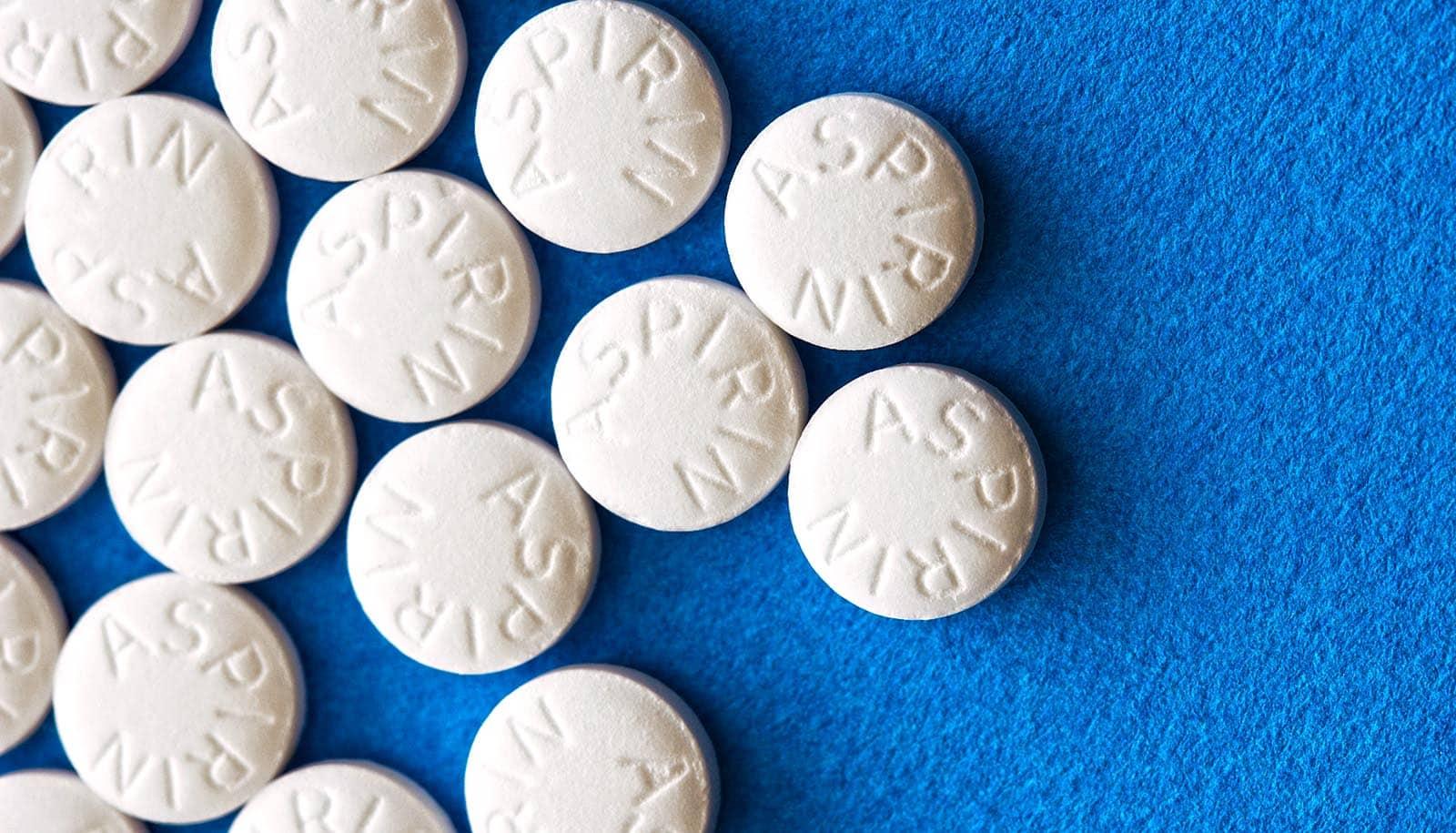Ticagrelor: An Effective Antiplatelet Drug

Introduction
Ticagrelor, sold under the brand name Brilinta, is an oral antiplatelet medication used to prevent blood clots and reduce the risk of heart attack or stroke in people with acute coronary syndrome or a history of myocardial infarction. Ticagrelor selectively and reversibly binds to the adenosine diphosphate (ADP) receptor P2Y12 on platelets, minimally inhibiting ADP-induced platelet aggregation. It represents an important advance in antiplatelet therapy, providing greater protection than the older drug clopidogrel with a faster onset and offset of action.
History and Development
Ticagrelor was developed by AstraZeneca as an improvement over the thienopyridine clopidogrel. It was designed to selectively and reversibly bind to the platelet P2Y12 receptor, similarly to thienopyridines. However, unlike irreversible platelet inhibition by thienopyridines, ticagrelor binding is reversible, enabling faster offset of platelet inhibition. Ticagrelor was initially approved in the European Union in 2011 based on the results of the PLATO trial, which demonstrated its superiority over clopidogrel in preventing cardiovascular events in acute coronary syndrome. It received FDA approval in the United States in 2011 as well based on the PLATO findings. Ticagrelor was the first reversibly binding oral antiplatelet agent to gain approval.
Mechanism of Action
Ticagrelor selectively and reversibly binds to the platelet P2Y12 ADP receptor. ADP plays a key role in activating platelets and enhancing their aggregation following vascular injury. The P2Y12 receptor is one of two inhibitory ADP receptors on platelets. When ADP binds to P2Y12, it inhibits adenylate cyclase, decreasing cyclic AMP levels and facilitating platelet activation and aggregation. Ticagrelor interferes with this process by competitively binding to P2Y12 and minimally inhibiting ADP signaling through this receptor. This prevents ADP from triggering platelet activation and aggregation. Unlike irreversible platelet receptor inhibitors like clopidogrel, ticagrelor's binding is reversible, allowing for faster offset of its antiplatelet effects upon discontinuation.
Clinical Efficacy
The efficacy Ticagrelor was established in the large PLATO trial, which compared it to clopidogrel in over 18,000 patients with acute coronary syndromes. The primary endpoint of cardiovascular death, heart attack or stroke occurred significantly less often in those taking ticagrelor at 9.8% versus 11.7% for clopidogrel over a median follow up of 1 year. Ticagrelor significantly reduced rates of heart attack by 16% and vascular death by 20% compared to clopidogrel. There was no significant difference in rates of major bleeding between the two drugs, though ticagrelor increased minor bleeding risks. Subgroup analyses confirmed the benefits of ticagrelor were consistent across higher and lower risk patients with diverse clinical presentations of coronary disease. These robust findings led to ticagrelor becoming a standard of care option for acute coronary syndrome patients.
Dosing and Administration
Ticagrelor is dosed at 90 mg twice daily, with or without food. The initial loading dose is 180 mg. It can be discontinued 5 days before surgery to allow platelet function to return closer to normal levels given its reversible binding characteristics. For patients who cannot tolerate 90 mg twice daily, a reduced dose of 60 mg twice daily may be used, though data is limited on the efficacy of the lower dose. Ticagrelor should be used for at least 12 months in acute coronary syndrome patients regardless of revascularization strategy. Long term adherence is important to maintain the antiplatelet effects demonstrated in clinical trials.
Contraindications and Warnings
Ticagrelor is contraindicated in patients with a history of intracranial hemorrhage or active bleed. It carries a boxed warning for increased risk of non-coronary artery bypass graft (CABG) related major bleeding. Planned CABG surgery requires discontinuation for at least 5 days prior to minimize bleeding risks. Caution should also be exercised in patients at high risk of bleeding such as those with recent trauma, strokes, fibrinolytic therapy or severe hepatic impairment. Coadministration with other platelet inhibitors increases bleeding risks substantially. Specific drug interactions must also be considered with ticagrelor due to its metabolism by CYP3A.
Place in Therapy
Based on the robust outcomes seen in the landmark PLATO trial, ticagrelor has become a Class 1a recommendation in guidelines for treatment of patients with acute coronary syndromes regardless of initial treatment strategy. Its proven ability to provide greater protection from cardiovascular death, heart attacks and strokes than clopidogrel with a similar safety profile makes it the preferred antiplatelet in this setting. Ticagrelor's fast onset and offset due to reversible binding is also clinically advantageous versus irreversible inhibitors. Overall, ticagrelor represents an important step forward in antiplatelet therapy for acute coronary syndrome patients due to its established efficacy and clinical profile compared to older options. It fulfills an unmet need as a more potent and rapidly reversible antiplatelet treatment.
In summary, ticagrelor is an effective oral antiplatelet medication that has become standard of care for treatment of acute coronary syndromes based on strong evidence from the landmark PLATO trial. It selectively and reversibly binds the platelet P2Y12 receptor to reversibly inhibit ADP-induced platelet activation and aggregation. This results in greater reductions in cardiovascular events compared to clopidogrel with similar safety. Ticagrelor's rapid onset and offset are also advantages over irreversible platelet inhibitors. Overall, ticagrelor has meaningfully advanced antiplatelet therapy and provides clinicians an important option for optimally managing acute coronary syndrome patients. Its proven benefits ensure ticagrelor will continue occupying a central role in guidelines for years to come.
For more insights, read-https://www.insightprobing.com/ticagrelor-trends-size-and-share-analysis/
Check more trending articles related to this topic:https://cmiinfopiece.blogspot.com/2024/01/the-global-luxury-travel-market-growth.html
- Art
- Causes
- Crafts
- Dance
- Drinks
- Film
- Fitness
- Food
- Jogos
- Gardening
- Health
- Início
- Literature
- Music
- Networking
- Outro
- Party
- Religion
- Shopping
- Sports
- Theater
- Wellness
- IT, Cloud, Software and Technology


